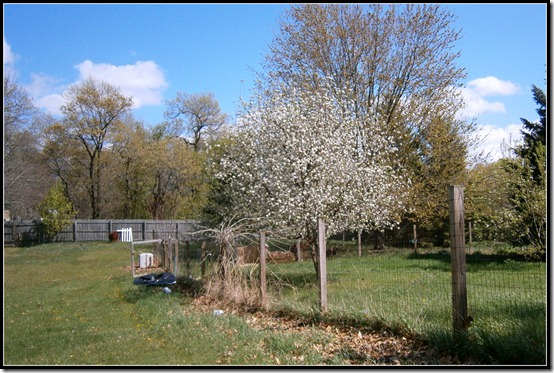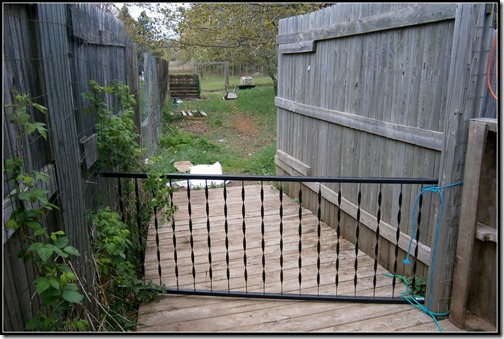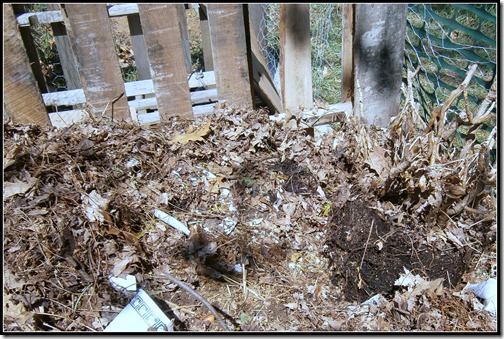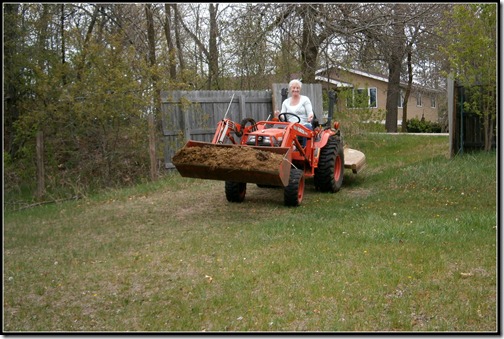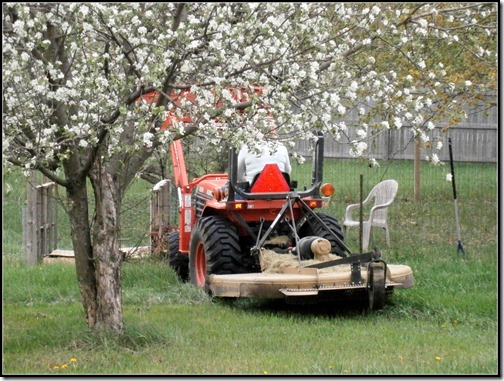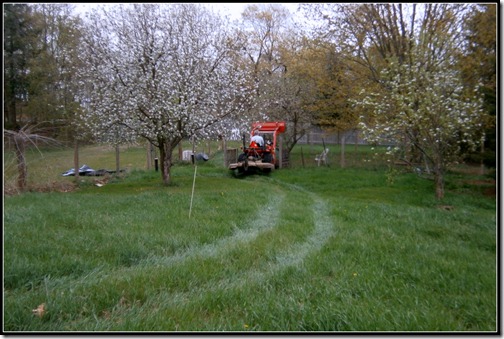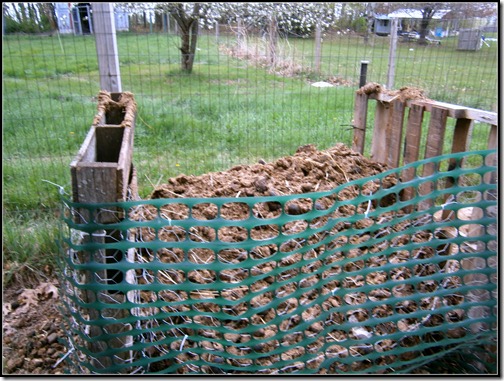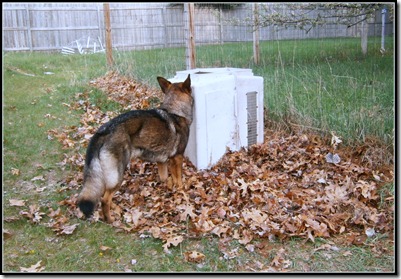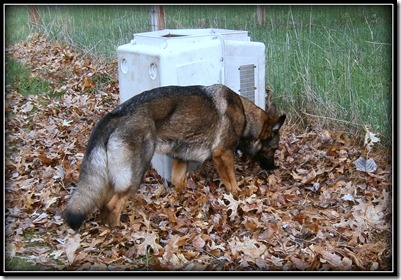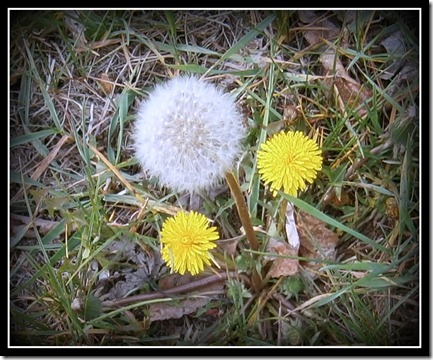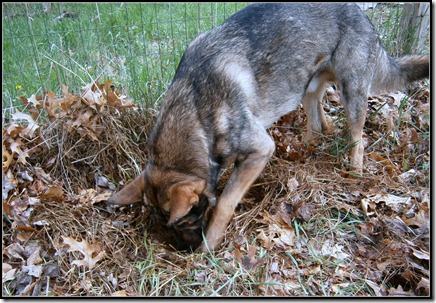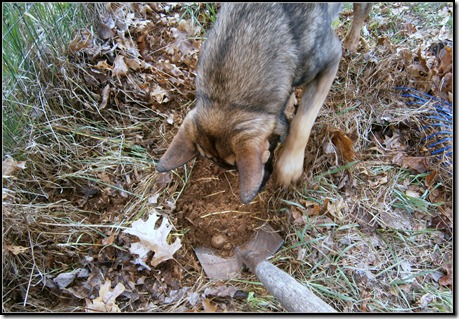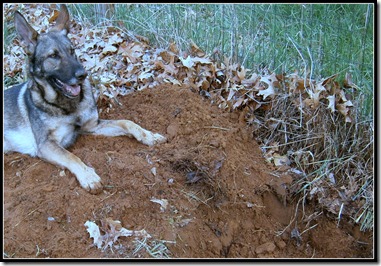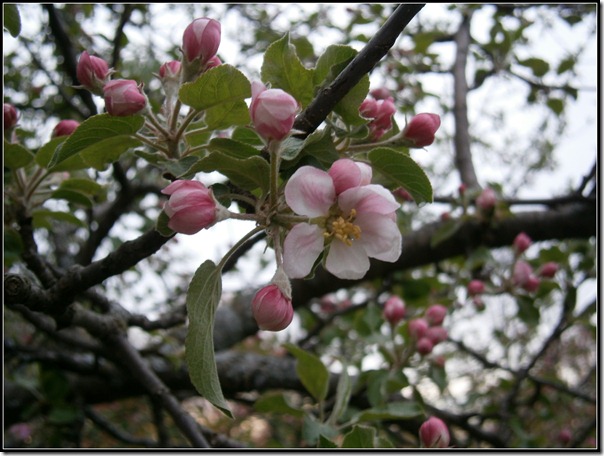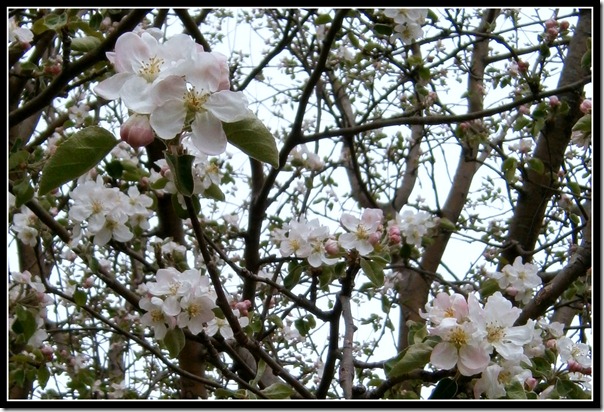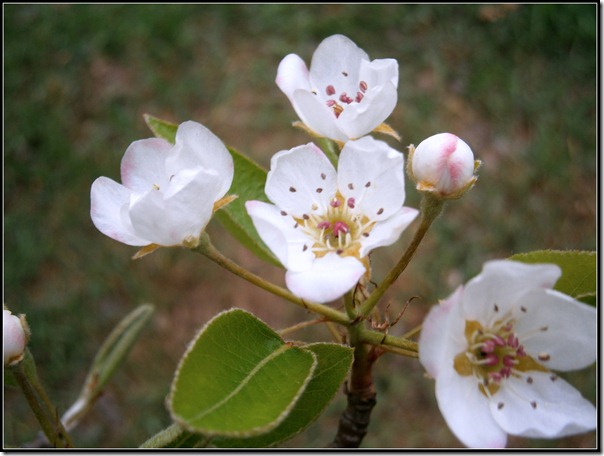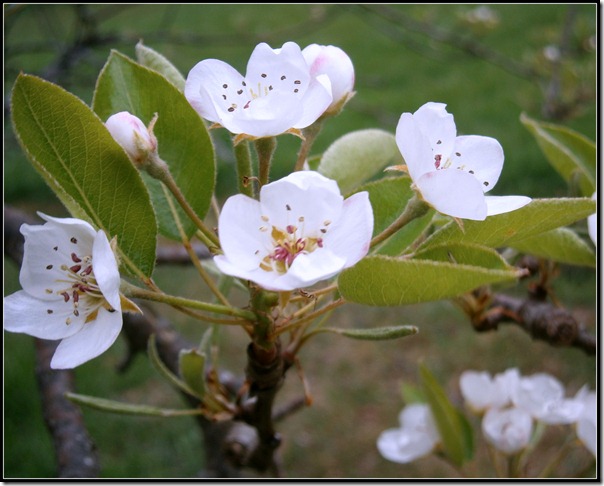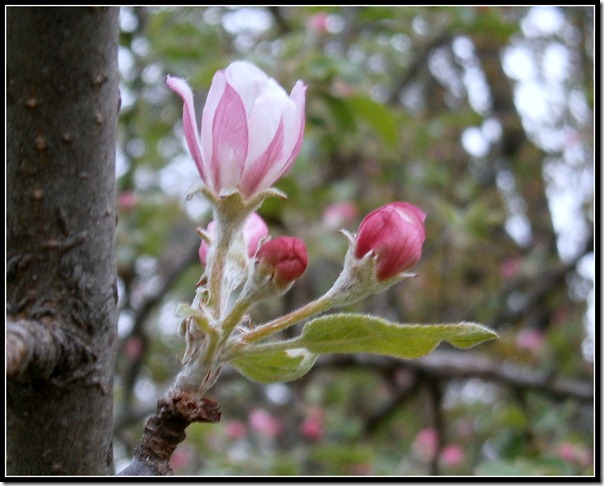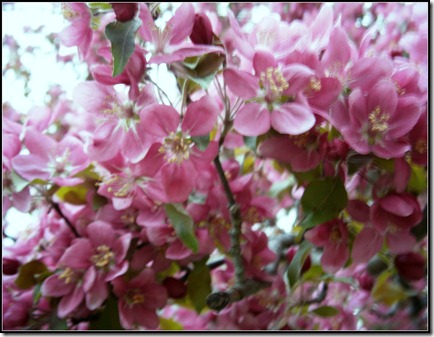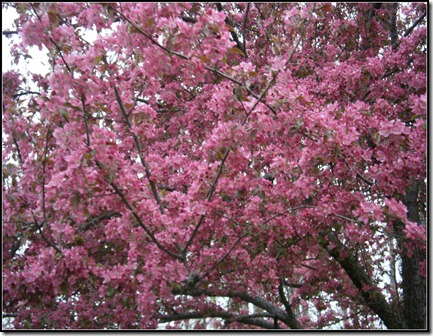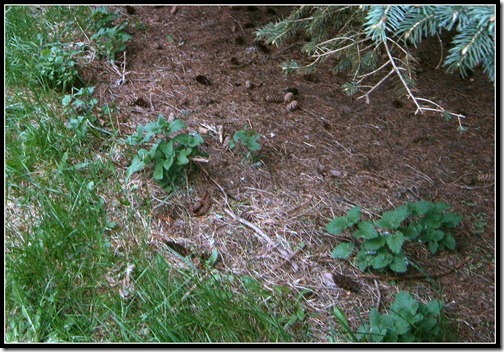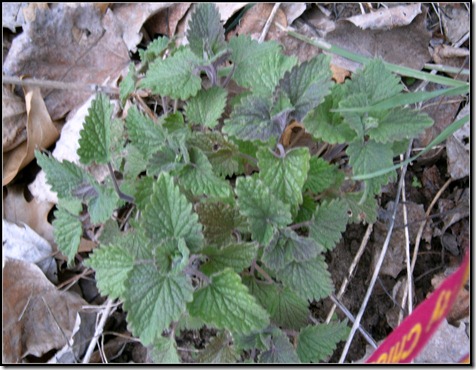Yup.. it’s all over… never knew what it was! Below is what I’ve read about it! Interesting… leaves can be used as toilet paper if you run out… they’re soft!
~~~~~~~~~~~~~~~~~~~![Mullein-great or common_thumb[1]_thumb Mullein-great or common_thumb[1]_thumb](http://lh5.ggpht.com/-ix-1g_gptlI/T4zufwbtoJI/AAAAAAAB6Vk/D2X9lXN8jrk/Mullein-great%252520or%252520common_thumb%25255B1%25255D_thumb_thumb.jpg?imgmax=800)
Mullein (Verbascum [Latin]), also called velvet dock, flannel leaf or plant, feltwort, Aaron’s rod, shepherd’s staff, and lungwort, is easily identified in the wild by its big, soft leaves. Many of the names used to identify this plant refer to its velvety texture; however, the name lungwort reflects mullein’s traditional use as a treatment for relieving cough and congestion of those with minor respiratory ailments. Mullein is recommended by herbalists for treatment of cough, sore throat, and colds.
When combined with water, the fiber in mullein produces a slippery substance called mucilage, which coats and soothes the throat and intestine (mullein is traditionally used to treat diarrhea and gastrointestinal upset as well). Some laboratory studies have shown that mullein inhibits the growth of tuberculosis bacteria, which may be where it got its reputation as a treatment for this disease.
Studies have shown that mullein has anti-inflammatory and antibacterial properties that, when combined with soothing mucilage, may help relieve hemorrhoid symptoms. Topical compresses made from mullein infusions have also been used to treat inflamed cold sores and herpes; in one study, mullein seemed to help eliminate the herpes virus.
Mullein is widely available in the wild, and is easily identified by its spike of yellow flowers and huge, sometimes over a foot long, leaves. The leaves, flowers, and roots of this plant are edible and easy to dry, and may be used to make your own herbal medicines. However, mullein seeds are poisonous, so do not use them in any herbal preparation, whether intended for oral or topical use.
Steep approximately 2 teaspoons of dried mullein plant in a cup of hot water for an infusion to treat cough, congestion, or diarrhea. Drink three cups of hot mullein tea a day until symptoms disappear, or store the tea in the refrigerator to make a soothing infusion for treatment of hemorrhoids and cold sores. You can also find commercial extracts containing mullein in most health food stores.
There have been no toxic effects associated with mullein, but some people might get an upset stomach when taking this herb.
~~~~~~~~~~~~~~~~~~~~~~~~~~~~~~~~~~~~~~~~
Two very similar plants. Lamb’s ear–and wild mullein.
Mullein (Verbascum thapsus) grows as a “foliage rosette” with a central stalk that produces yellow blossoms. Lamb’s ear (Stachys byzantina) grows as a “foliage clump” and produces pinkish-purple flowers. While the leaves are quite similar, mullein grows much taller and lamb’s ear leaves are softer. The most obvious, easiest identification is in the color of the blooms.
~~~~~~~~~~~~~~~~~~~~~~~~~~~~~~~~~~~~~~~~~~~
Herb Description
Mullein is a easily grown plant & found all over Europe and in temperate Asia in Himalayas, and in North America .There are about 250 distinct species of mullein.It can adapt to various environments & therefore grows on roadsides and on waste ground, more likely on gravel, sand or chalk.It can be found in natural meadows, forest openings, neglected pastures, road cuts, and industrial areas. It blossom during July and August.It will grow with its silver-gray leaves and its sturdy, towering height. Fresh Mullein leaves are also used for the purpose of making a homeopathic tincture .Mullein is commonly recognized by its tall flower spikes, which can be 10 feet tall. It has pretty flowers, but only a few bloom at a time.
The hole plant is covered with fine, downy hairs that give Mullein its features of soft, velvety texture and appearance, and help the plant retain moisture .Mullein is well-known as a medicinal herb which has been used for centuries. The Greek physician, Dioscorides, mentioned the benefits of Mullein for "old coughs."Mullein contains coumarin and rotenone, a natural insecticide and fish poison, which is supposed to be non-toxic to mammals. mullein tea is traditionally an effective treatment for coughs and lung disorders .Flowers and leaves from mullein are used for their strong mucilaginous (sticky and viscous) content against all forms of throat and lung irritation.
Properties.
* Expectorant
* Demulcent
* Anti-viral
* Mild diuretic
* Relaxing Expectorant
* Mild Laxative
* Emollient
* Vulnerary
* Mild Sedative.
Uses and Benefits
It is beneficial to tones the mucous membranes, reducing inflammation and stimulating fluid production, thus facilitating expectoration. Mullein has anti-inflammatory and demulcent properties which give it a useful role in tracheatis and associated conditions.Due to its relaxing feature it act as expectorant for dry, chronic, hard coughs such as in whooping cough,asthma ,bronchitis & tuberculosis.Cure the problems of chronic otitis media and eczema of the ear . Mullein has powerful narcotic properties, but is nontoxic and safe to ingest in large quantities:any one can drink it all day .Mullein is use as a treatment for bladder or urinary tract irritations, including hematuria (bloody urine).
Mullein is used as a following:
* Analgesic.
* Antihistaminic.
* Antiinflammatory.
* Anticancer.
* Antioxidant.
* Antiviral.
* Bacteristat.
* Cardiodepressant.
* Estrogenic.
* Fungicide.
* Hypnotic.
* Pesticide.
Its also use as yellow dye which is made from the flowers by boiling them in water & produce permanent green dye when used with dilute sulfuric acid , this becomes brown with the addition of alkalies. Also use for lightening too.
It is use to covers and protects scraped tissues, Softens and soothes irritated skin, Shrinks tissues, prevents secretion of fluids.It relieve from ease coughs ,sore throats, Soothe minor abrasions and hemorrhoid pain.
Side Effects
Mullein is generally safe to use but there are rare reports of skin irritation.
If following side effects occurs then consult to your doctor.
* Breathing problems.
* Tightness in your throat .
* Tightness in your chest .
* Chest pain .
* Skin hives.
* Rash.
* Itchy .
* Swollen skin .
* Tiredness
Dosage
As a Tea :
Pour 1 cup of boiling water over 1 heaping tablespoon of Mullein flowers. Let steep 10 minutes, strain, and sweeten with honey if desired.
As a preventative treatment:
1/2 - 1 oz per day. To help combat cough and reduce throat irritation take 1 - 2 table spoons oz every 2 - 4 h. To help relieve night cough take 1 - 2 fl oz before sleep. Contain 24 -26 % grain alcohol by volume.
In case of ear infection :
Squeeze several drops of room-temperature mullein oil into the ear canal, so long as you are sure that the eardrum isn't punctured. it only relieves the symptoms not to heal an ear infection.
Drug Interactions
There were no well-known drug interactions with mullein ,at the time of writing.

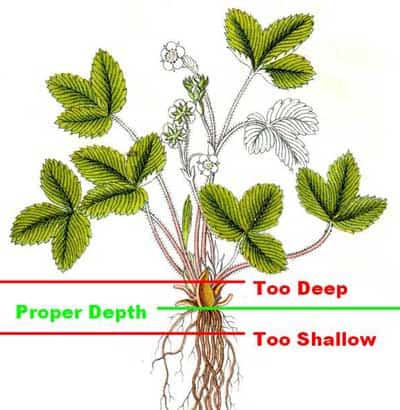
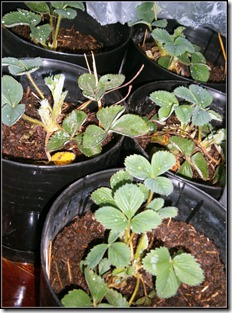
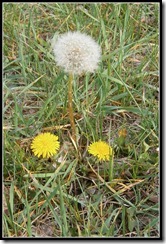
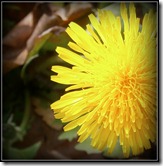
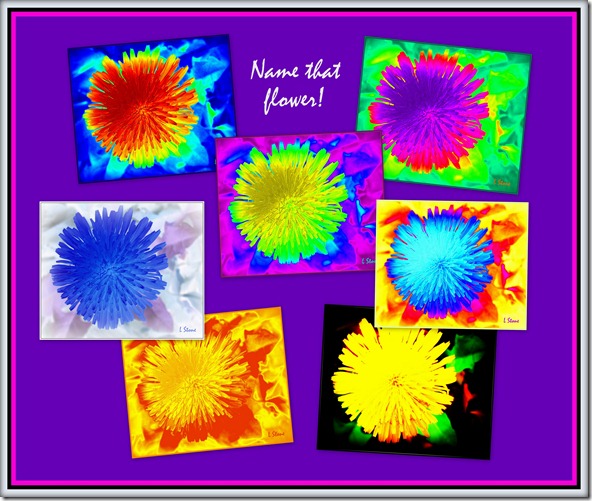
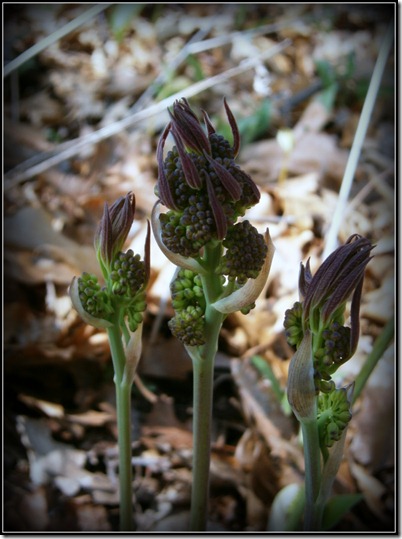
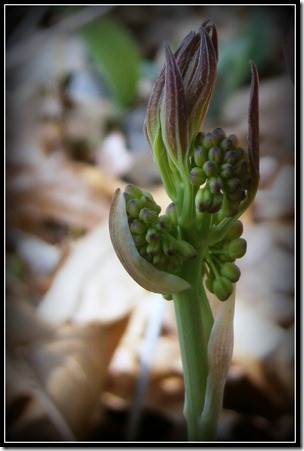

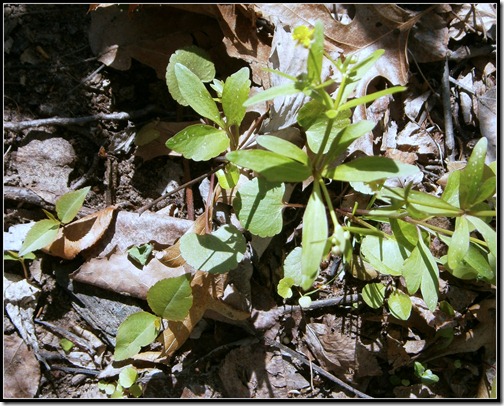
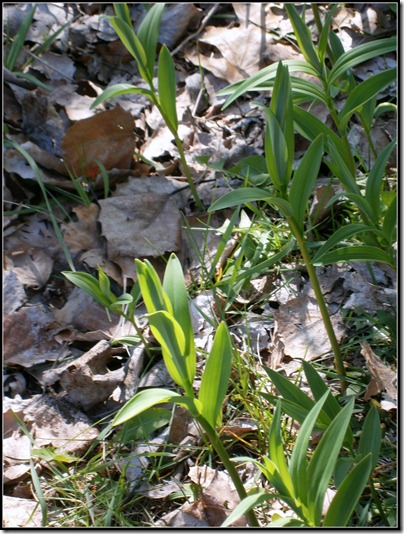
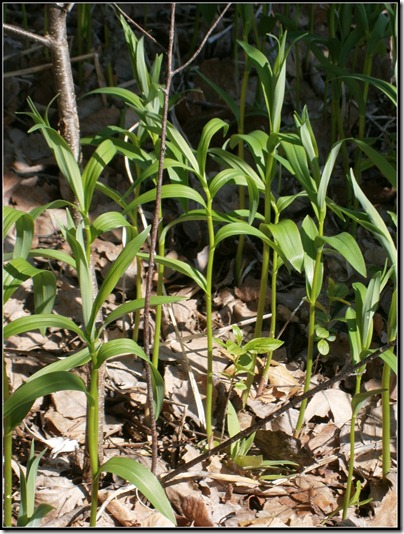
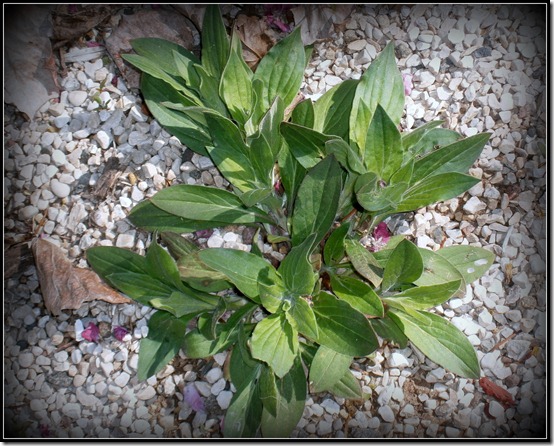
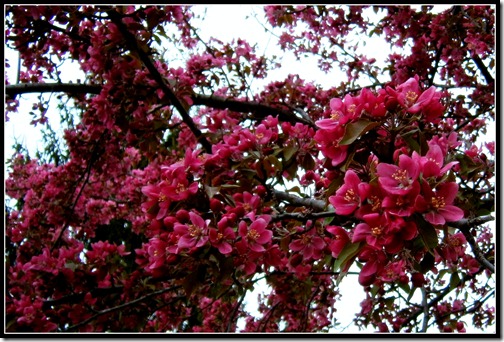
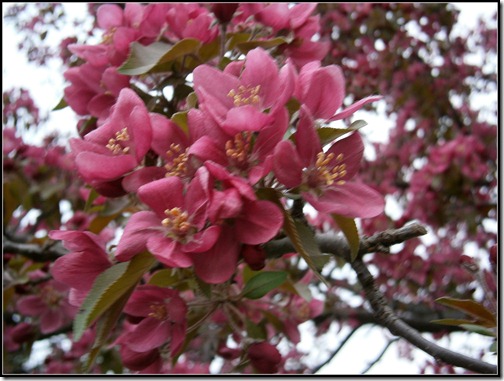
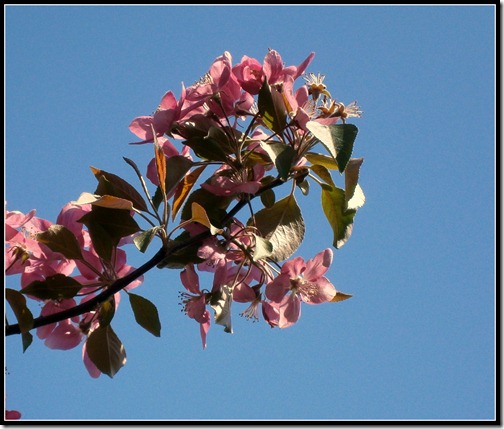

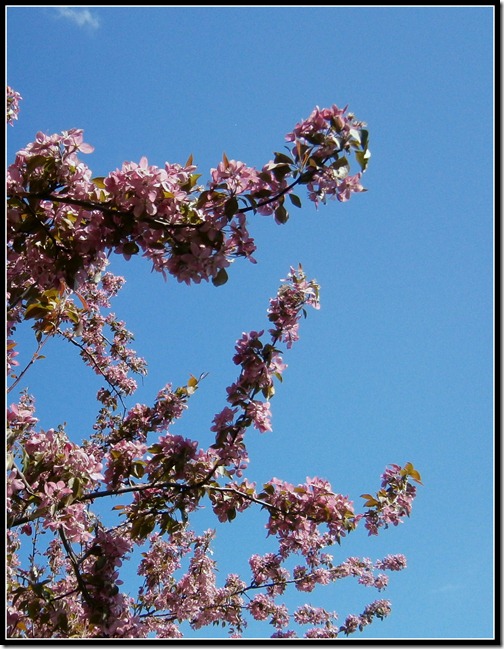
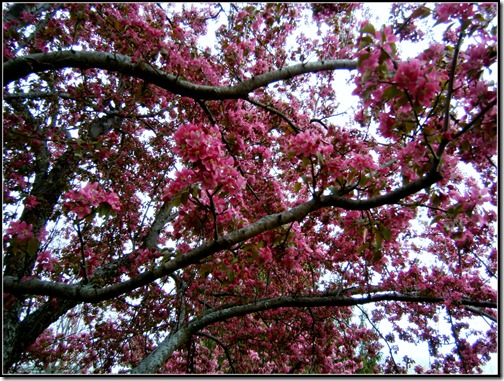
![Mullein-great or common_thumb[1]_thumb Mullein-great or common_thumb[1]_thumb](http://lh5.ggpht.com/-ix-1g_gptlI/T4zufwbtoJI/AAAAAAAB6Vk/D2X9lXN8jrk/Mullein-great%252520or%252520common_thumb%25255B1%25255D_thumb_thumb.jpg?imgmax=800)
